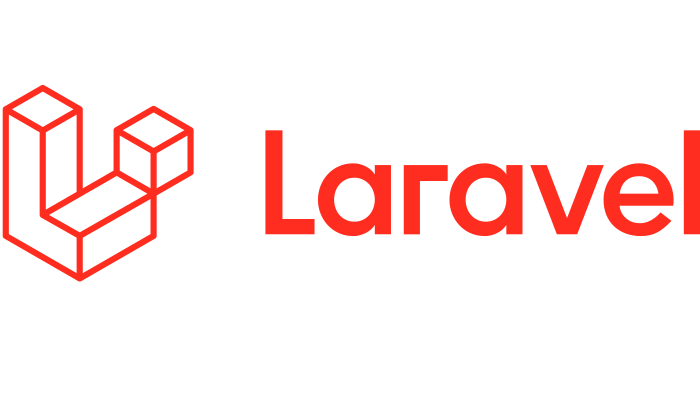In the world of web development, Laravel stands tall as one of the most robust and versatile PHP frameworks. But what happens when you need to tackle a common challenge – validating and preventing duplicate email entries in your application? Laravel offers a plethora of tools and techniques to address this issue. In this extensive guide, we will explore the art of duplicate email validation in Laravel, providing you with a deep understanding, expert insights, and effective solutions.
Understanding the Significance of Duplicate Email Validation
Before we embark on our journey into the realm of Laravel duplicate email validation, let's establish why it's such a crucial aspect of web development.
Duplicate email validation is essential for multiple reasons:
Data Integrity: Duplicate emails can lead to data inconsistencies and errors within your application's database.
User Experience: Ensuring that users have unique email addresses enhances their experience by preventing confusion and login issues.
Security: Duplicate emails can potentially be exploited for unauthorized access or malicious activities.
With these points in mind, let's explore how Laravel empowers you to tackle duplicate email entries.
Laravel's Built-in Validation Rules
Laravel, known for its developer-friendly approach, provides a set of validation rules that make dealing with duplicate email entries a breeze. One such rule is the unique rule.
The unique Validation Rule
The unique rule, as the name suggests, ensures that a given field's value is unique within a specific database table. It is often used to validate email addresses, preventing duplicate entries in the users table, for example.
Here's a basic example of how to use the unique rule in Laravel:
'email' => 'required|email|unique:users,email',
In this example, the email field is required and should be in email format, and it must be unique in the users table's email column.
Handling Duplicate Email Validation on User Registration
When it comes to user registration, preventing duplicate email entries is a top priority. Let's break down the process into a few key steps:
1. Creating a Registration Form
First, you need to create a registration form that collects user information, including the email address. Laravel's built-in form handling tools and Blade templates make this process efficient and developer-friendly.
2. Defining Validation Rules
In your registration controller, you'll define the validation rules. These rules typically include the unique rule for the email field, ensuring that no duplicate emails can be registered.
3. Handling Validation
In your controller, handle the validation. If the validation fails (e.g., due to a duplicate email), return an error message to the user. Laravel's validation error handling is seamless and allows you to provide clear feedback.
4. Storing User Data
If the validation passes, store the user's data in the database. Laravel's Eloquent ORM simplifies database interactions, making it easy to manage user records.
Managing Duplicate Emails in User Profile Updates
Duplicate email validation isn't limited to registration. Users might want to update their email addresses, and you need to ensure that the new email they choose is also unique. Let's explore this process:
1. Creating the Update Profile Form
Just as with registration, you need to create a user profile update form that allows users to change their email addresses.
2. Adjusting Validation Rules
In your update profile controller, modify the validation rules. You'll again use the unique rule, but with a slight twist. This time, you'll specify that the email must be unique except for the user's current email.
Here's an example:
'email' => 'required|email|unique:users,email,' . auth()->id(),
In this rule, we exclude the current user's email from the uniqueness check, ensuring they can change to their current email without issues.
3. Handling Validation and Updating
Handle the validation as before. If the validation passes, update the user's email in the database.
Frequently Asked Questions
Let's address some of the most commonly asked questions about duplicate email validation in Laravel:
1. Can I use the unique rule for fields other than email addresses?
Absolutely, the unique rule is versatile and can be applied to any field that requires uniqueness within a database table.
2. How do I handle custom error messages for duplicate email validation?
You can customize error messages by adding them to your validation rule, like this: 'email.unique' => 'This email is already taken.'.
3. What if I want to validate emails in a different table or with a custom query?
Laravel provides options for customizing the database table and query in the unique rule. You can tailor it to your specific needs.
4. Is there a way to validate email uniqueness without considering case sensitivity?
Yes, you can use the unique rule with the ilike operator (for PostgreSQL databases) or a custom validation rule to achieve case-insensitive email validation.
5. How do I prevent duplicate emails at the database level?
To ensure data integrity, you can also add a unique index constraint to the database table, which will prevent duplicate entries at a lower level.
In conclusion, Laravel's built-in validation rules, particularly the unique rule, provide a powerful and developer-friendly solution for handling duplicate email validation. By implementing these rules during user registration and profile updates, you can maintain data integrity, enhance user experience, and bolster security. Laravel's elegance and flexibility make it the ideal choice for web developers seeking to master the art of duplicate email validation.



